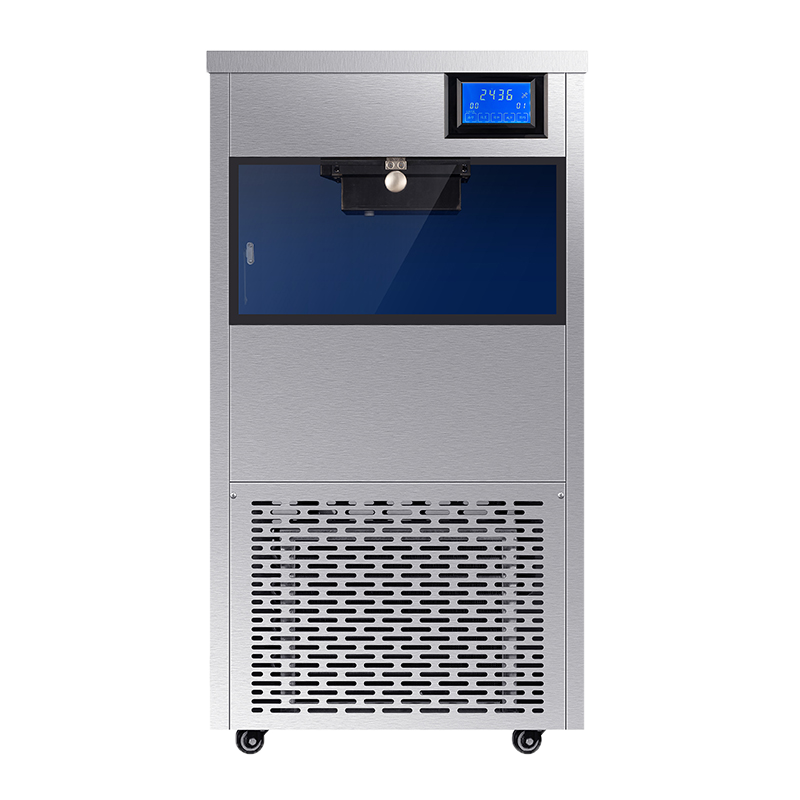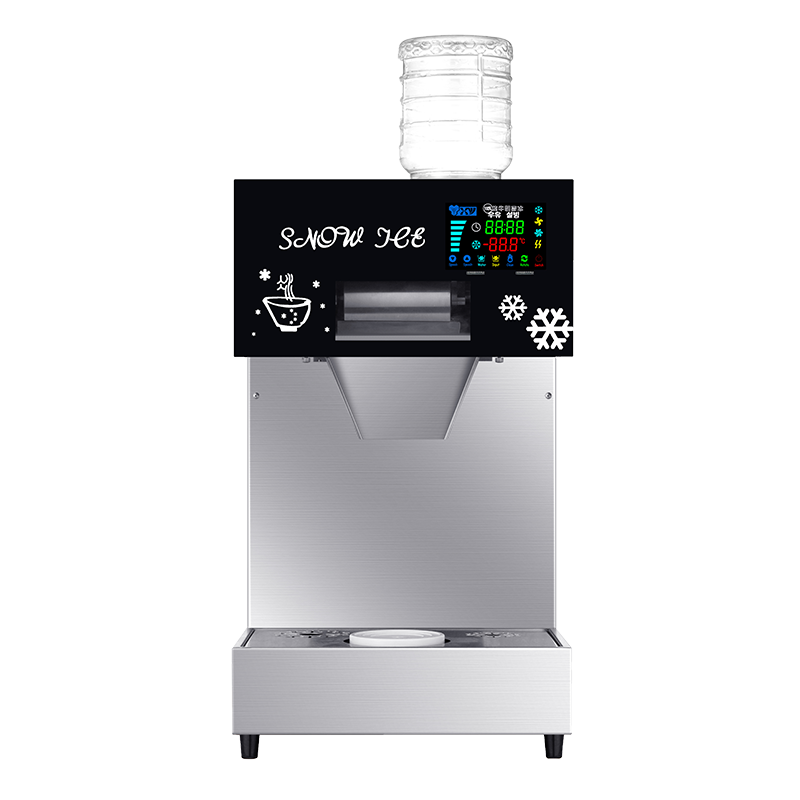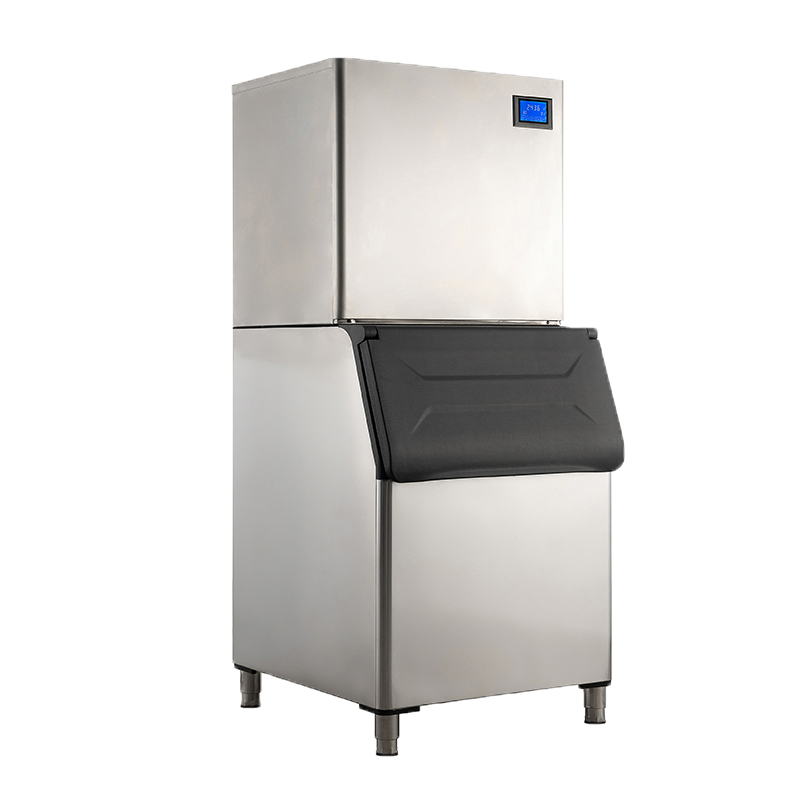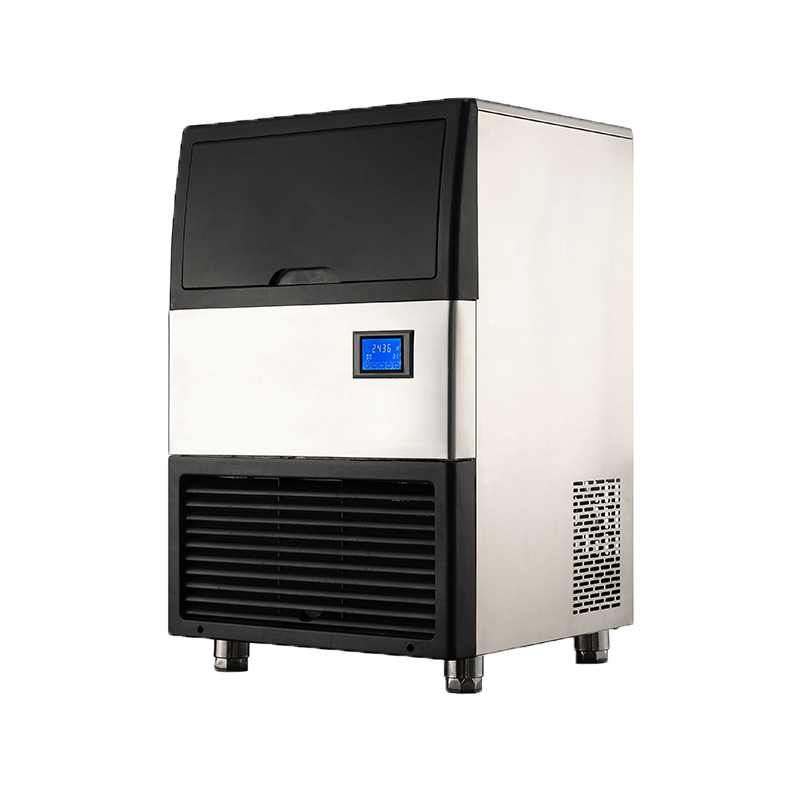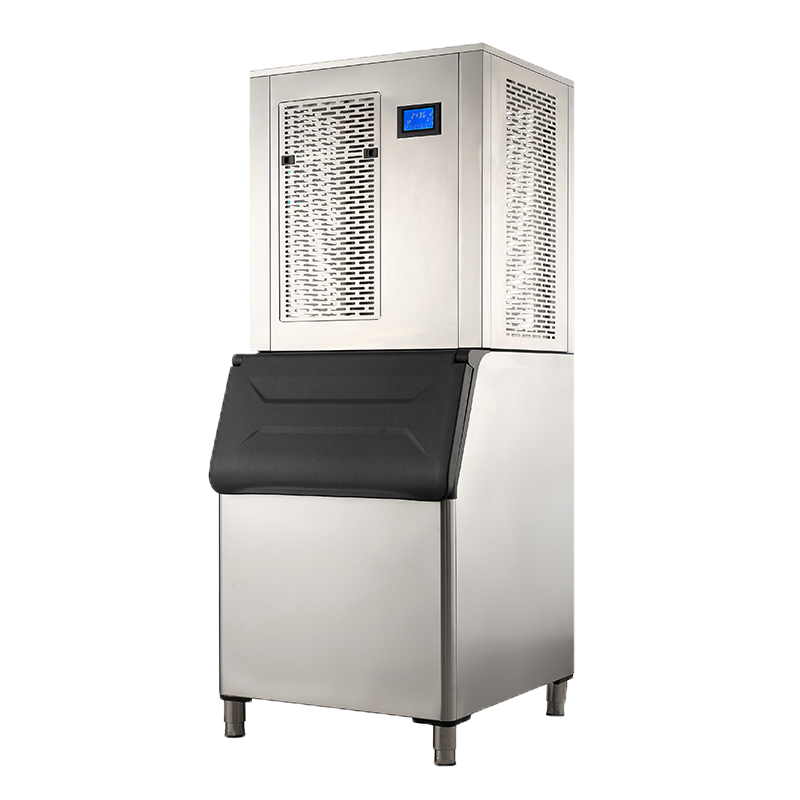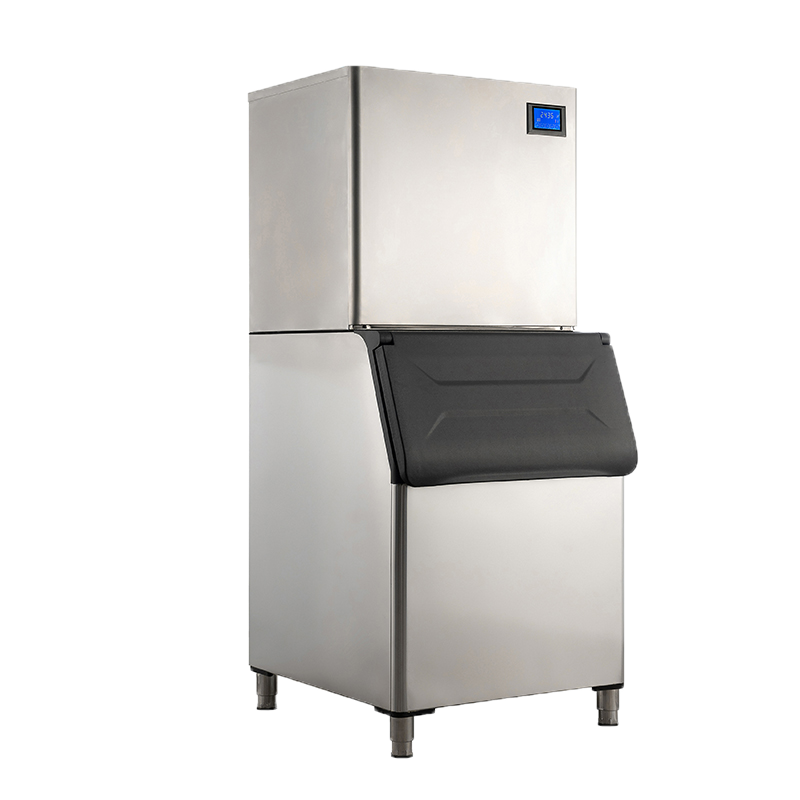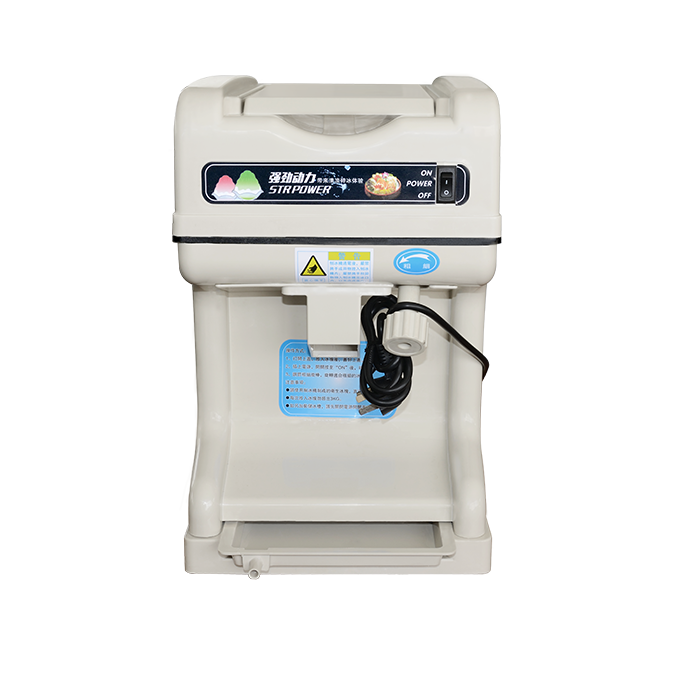When it comes to producing ice for various commercial purposes, many businesses rely on the efficiency and convenience of air-cooled ice machines. These machines are essential in restaurants, bars, hotels, and other establishments where a regular supply of ice is required. But have you ever wondered how an air-cooled ice machine actually works? Let's explore the fascinating process step by step.
Ice Maker Machines: The Basics
An ice machine, also known as an ice maker, is a specialized appliance designed to produce ice in large quantities. Among the different types of ice machines available in the market, air-cooled models are a popular choice due to their simplicity and cost-effectiveness.
The Cooling Process: A Breath of Fresh Air
Air-cooled ice machines rely on the natural process of heat exchange to produce ice. The cooling process begins with the circulation of ambient air over the ice-making components. These components typically include an evaporator plate, a refrigeration system, and a condenser.
The Evaporator Plate: Turning Water into Ice
Inside the ice machine, there is an evaporator plate that acts as the primary cooling surface. Water is pumped to the top of this plate, where it flows down in a controlled manner. As the water cascades over the plate, it gradually freezes, forming a layer of ice. This layer continues to build up until the desired ice thickness is achieved.

The Refrigeration System: Keeping It Cool
To maintain the low temperature necessary for freezing the water, air-cooled ice machines employ a refrigeration system. The system consists of a compressor, a condenser, and a refrigerant. The compressor compresses the refrigerant gas, raising its temperature. The hot refrigerant then flows into the condenser, where ambient air is used to cool it down. As the refrigerant releases heat, it condenses back into a liquid state.
The Condenser: Heat Exchange in Action
The condenser plays a vital role in the air-cooled ice machine's cooling process. It utilizes the ambient air that circulates around the machine to remove the heat absorbed by the refrigerant. This heat exchange causes the refrigerant to cool down and condense, ready to start the process all over again.
Air Discharge: Releasing the Warm Air
As the heat is extracted from the condenser, warm air is generated. This warm air needs to be discharged efficiently to maintain a stable cooling process. Air-cooled ice machines are typically equipped with a fan or blower that expels the warm air out of the machine and into the surrounding environment.
Continuous Operation: Supplying Ice on Demand
Once the ice has reached the desired thickness, it is ready to be harvested. The ice machine initiates a harvest cycle, which typically involves briefly warming the evaporator plate or using a mechanical mechanism to release the ice from its surface. The ice then drops into a storage bin or dispenser, ready to be used for various purposes.
In conclusion, air-cooled ice machines are effective and reliable devices for producing ice in commercial settings. By utilizing the natural process of heat exchange with ambient air, these machines create a steady supply of ice that meets the demands of bustling establishments. So, the next time you enjoy a refreshing cold drink or see a perfectly chilled display of seafood, you can appreciate the intricate workings of an air-cooled ice machine behind the scenes.
The air-cooled ice machine operates efficiently by utilizing air to cool the condenser and produce ice, making it a reliable choice for commercial ice production. As a ice maker machines supplier and exporter, we pride ourselves on being a trusted partner, offering high-quality products and export services. Partnering with us ensures access to top-notch ice-making solutions and professional export support. Visit our website to explore our range of products and services today.


